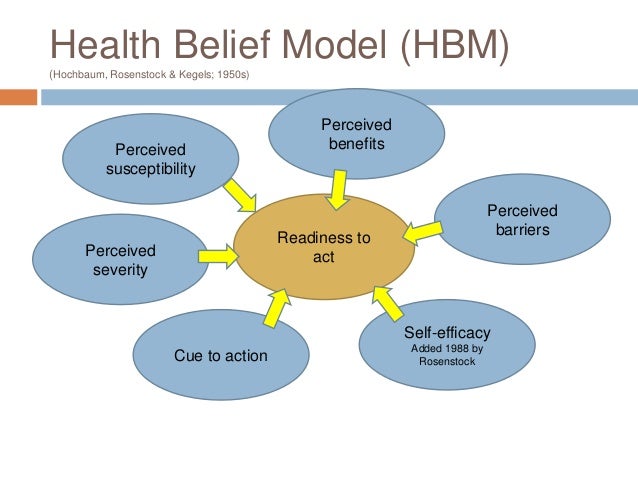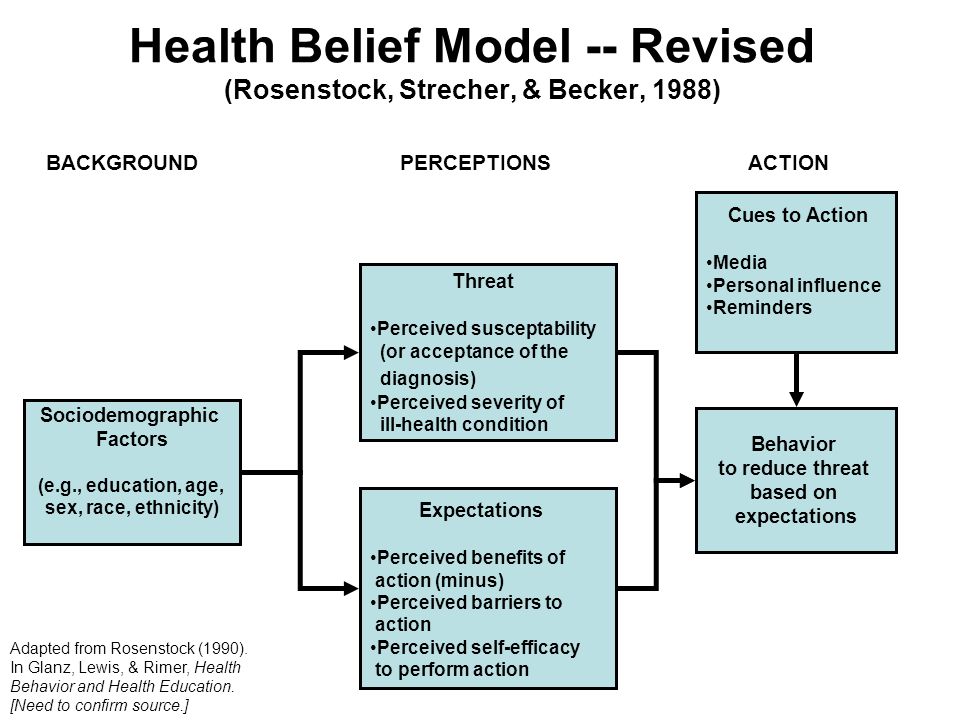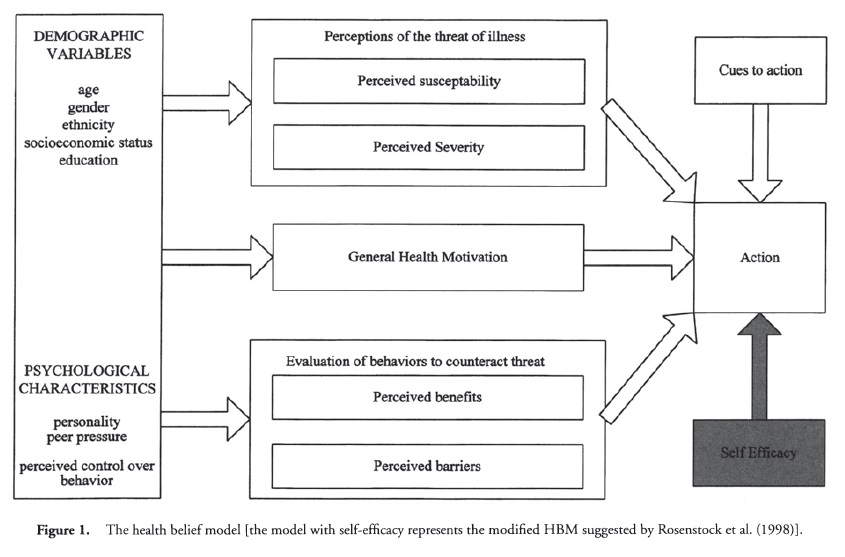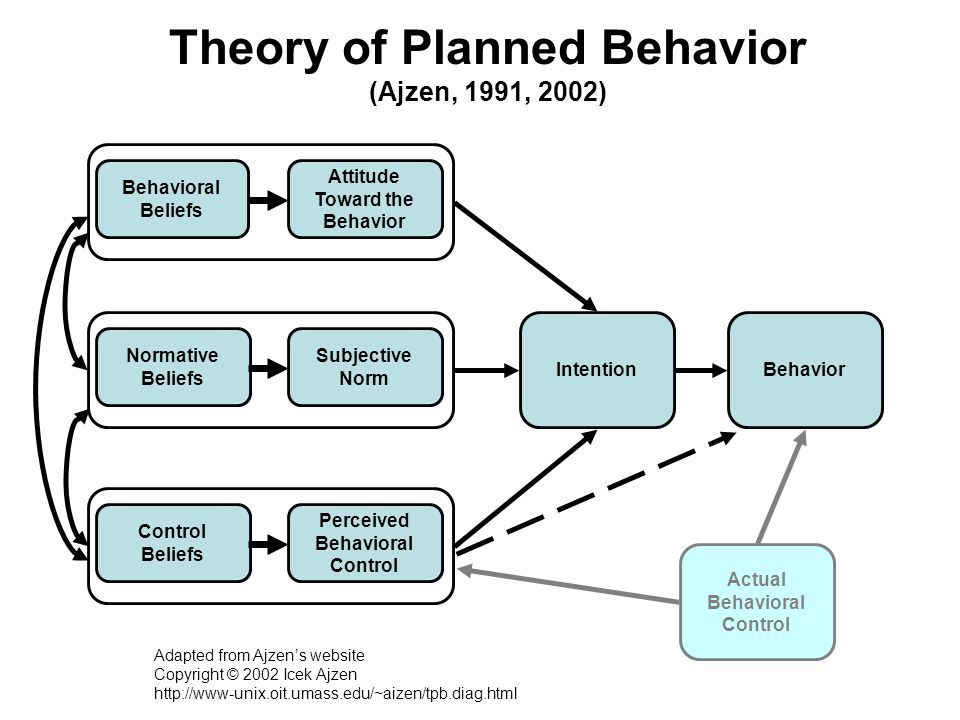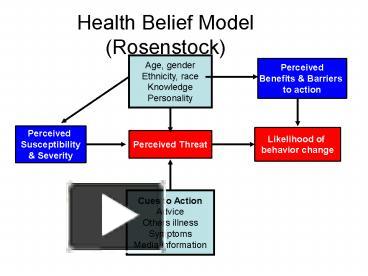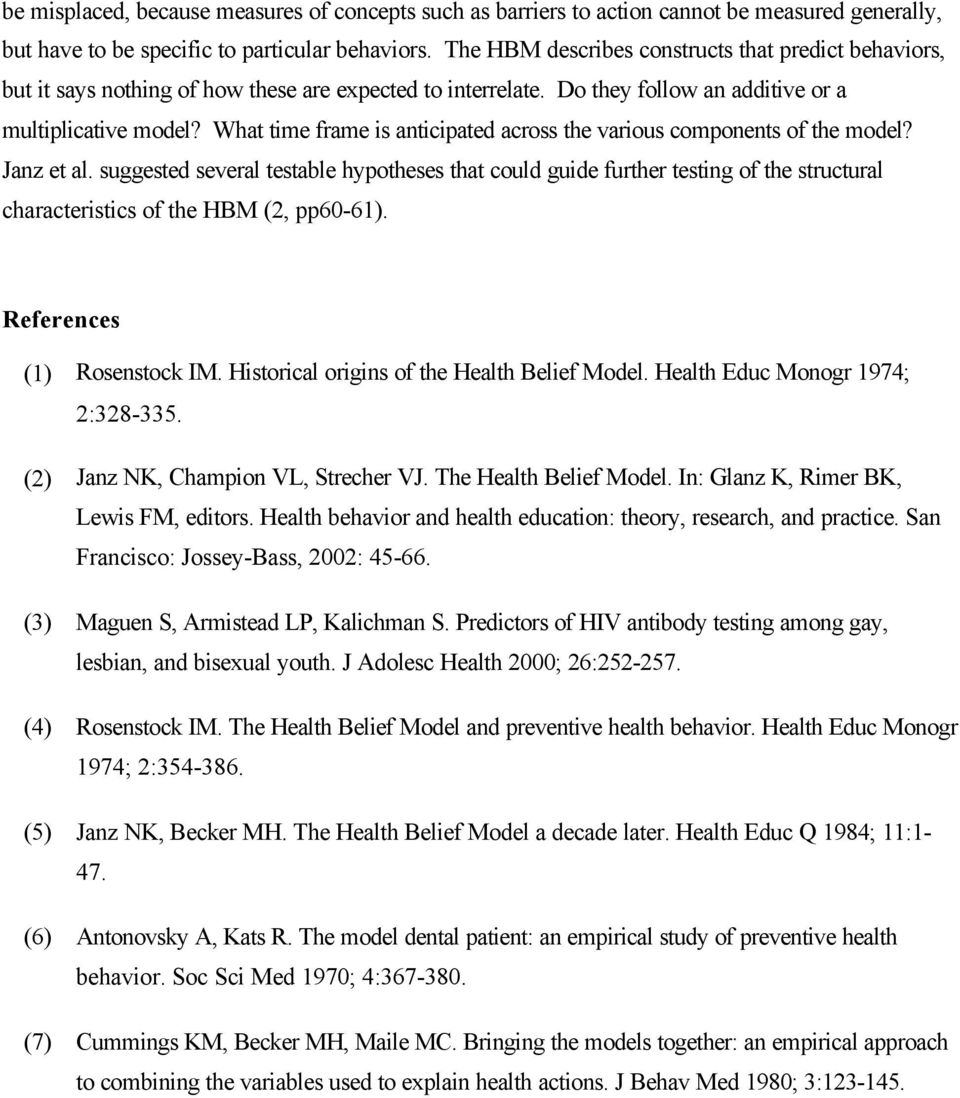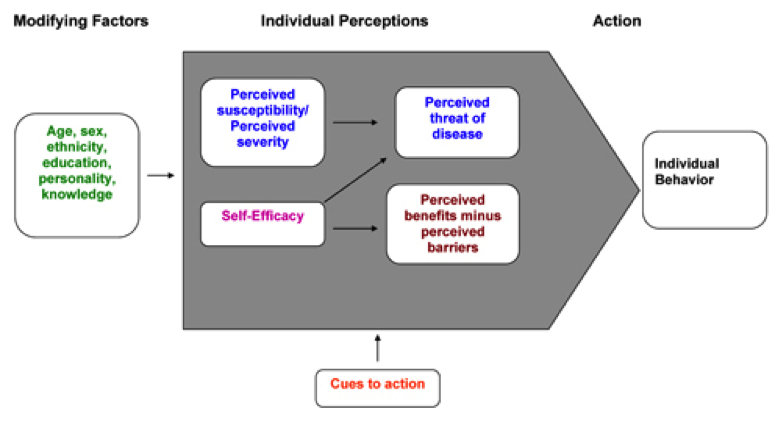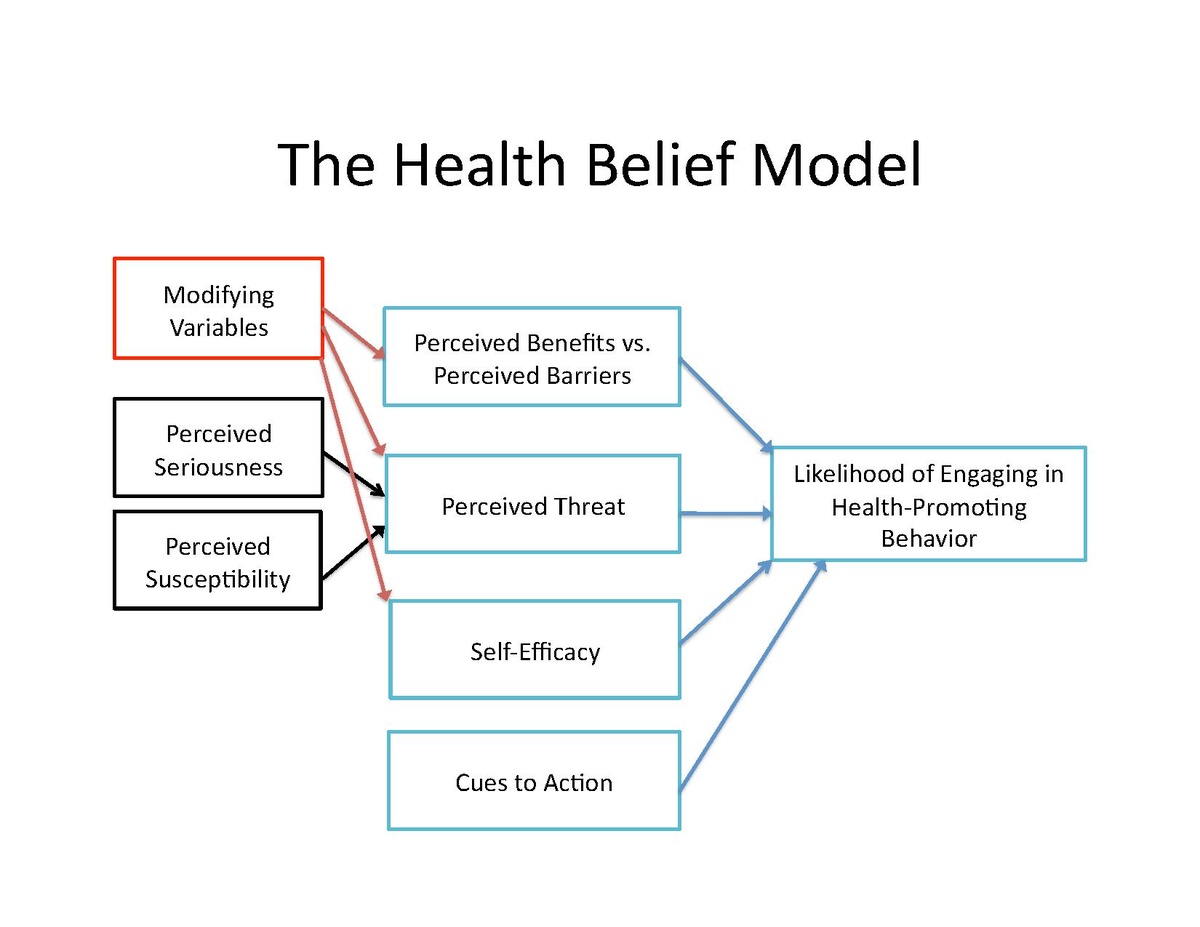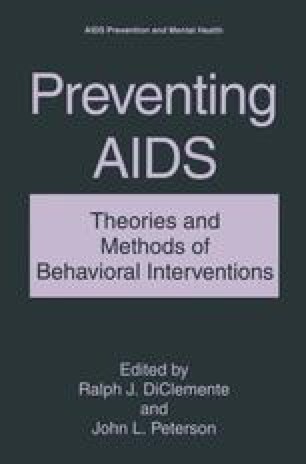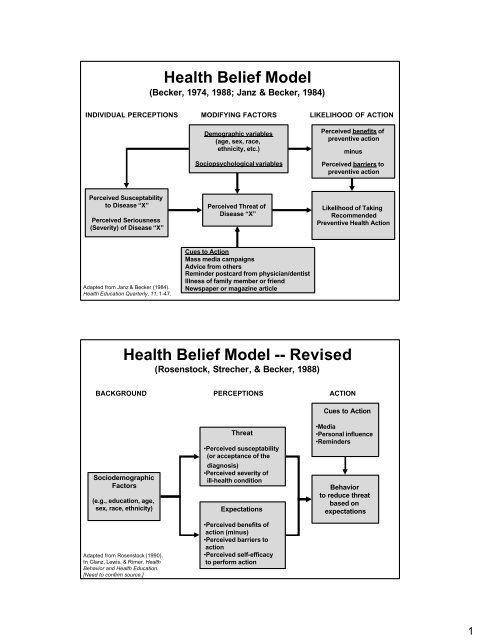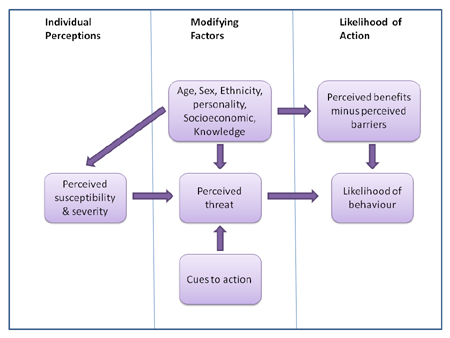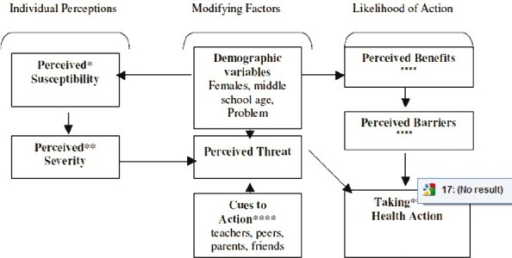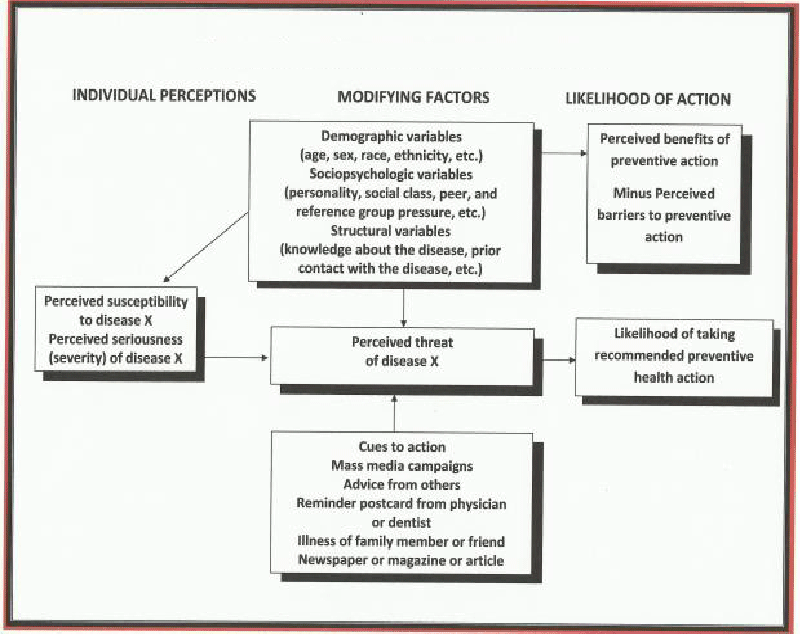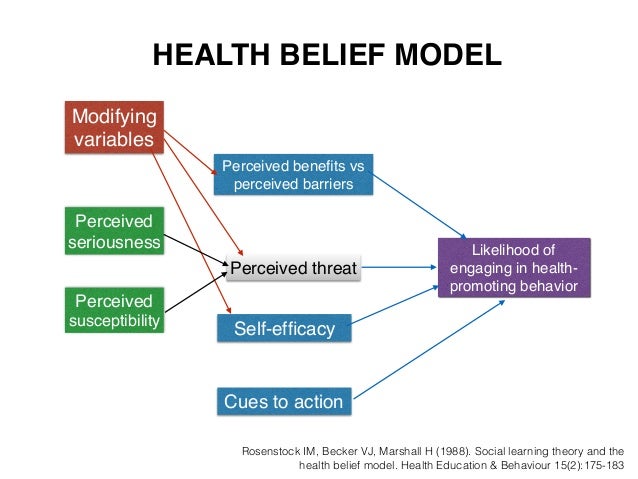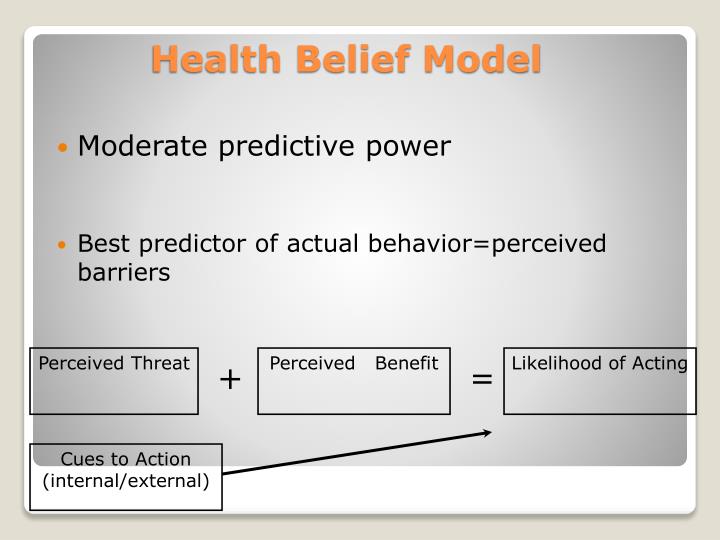Health Belief Model Rosenstock
Vital signs are indicators of ones health condition and an assurance of proper circulatory respiratory neural and endocrinal functions.
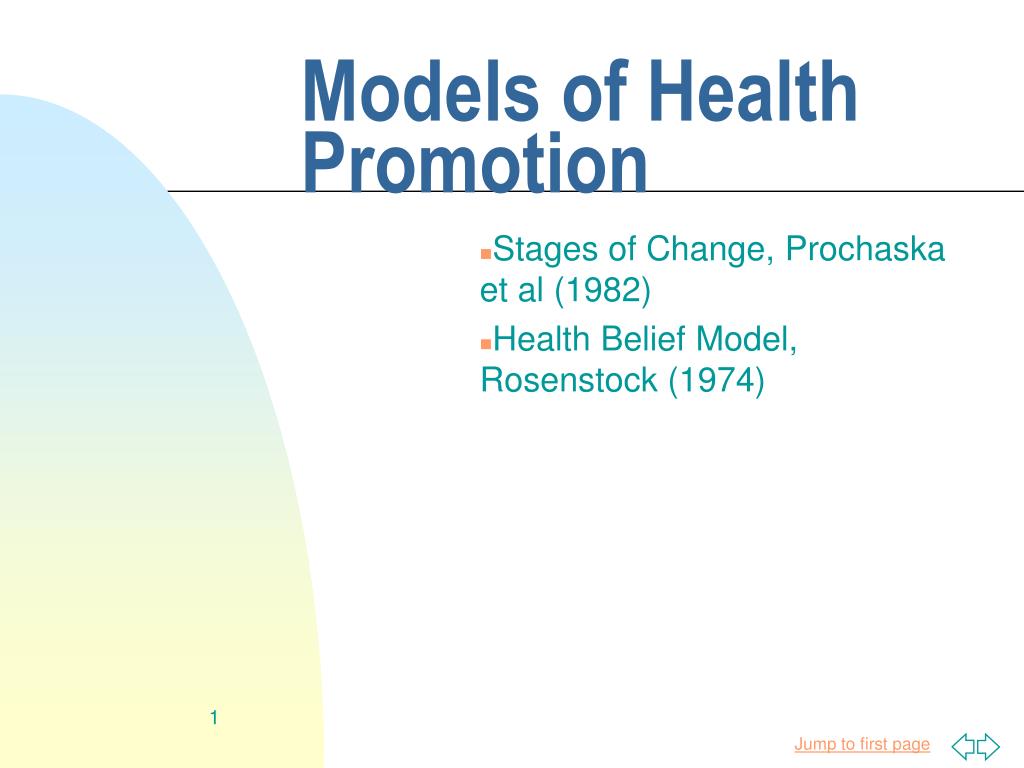
Health belief model rosenstock. Interventions to change health related behaviours typically have modest effects and may be more effective if grounded in appropriate theory. Most theories applied to public health interventions tend to emphasise individual capabilities and motivation with limited reference to context and social factors. Stephens 20085 comments that from. The health belief model hbm is a psychological health behavior change model developed to explain and predict health related behaviors particularly in regard to the uptake of health services.
Find kenyatta university health education and promotion previous year question paper. A pesar de los últimos avances farmacológicos la mejor arma de que disponemos hoy día en la lucha contra el vihsida sigue siendo la educacion preventiva. The johns hopkins bloomberg school of public health jhsph is part of johns hopkins university in baltimore maryland united states. Health promotion theories bonnie raingruber objectives at the conclusion of this chapter the student will be able to.
課程大綱 一前言 二健康health及疾病disease的定義 三何謂健康促進 四疾病自然史及三段五級預防 五簡介國家健康篩檢服務項目. Compare and contrast nursing and non nursing health promotion theories. As the first independent degree granting institution for research in epidemiology and training in public health and the largest public health training facility in the united states the bloomberg school is a. The issues of health and health promotion initiatives have gained much significance in the recent past.




